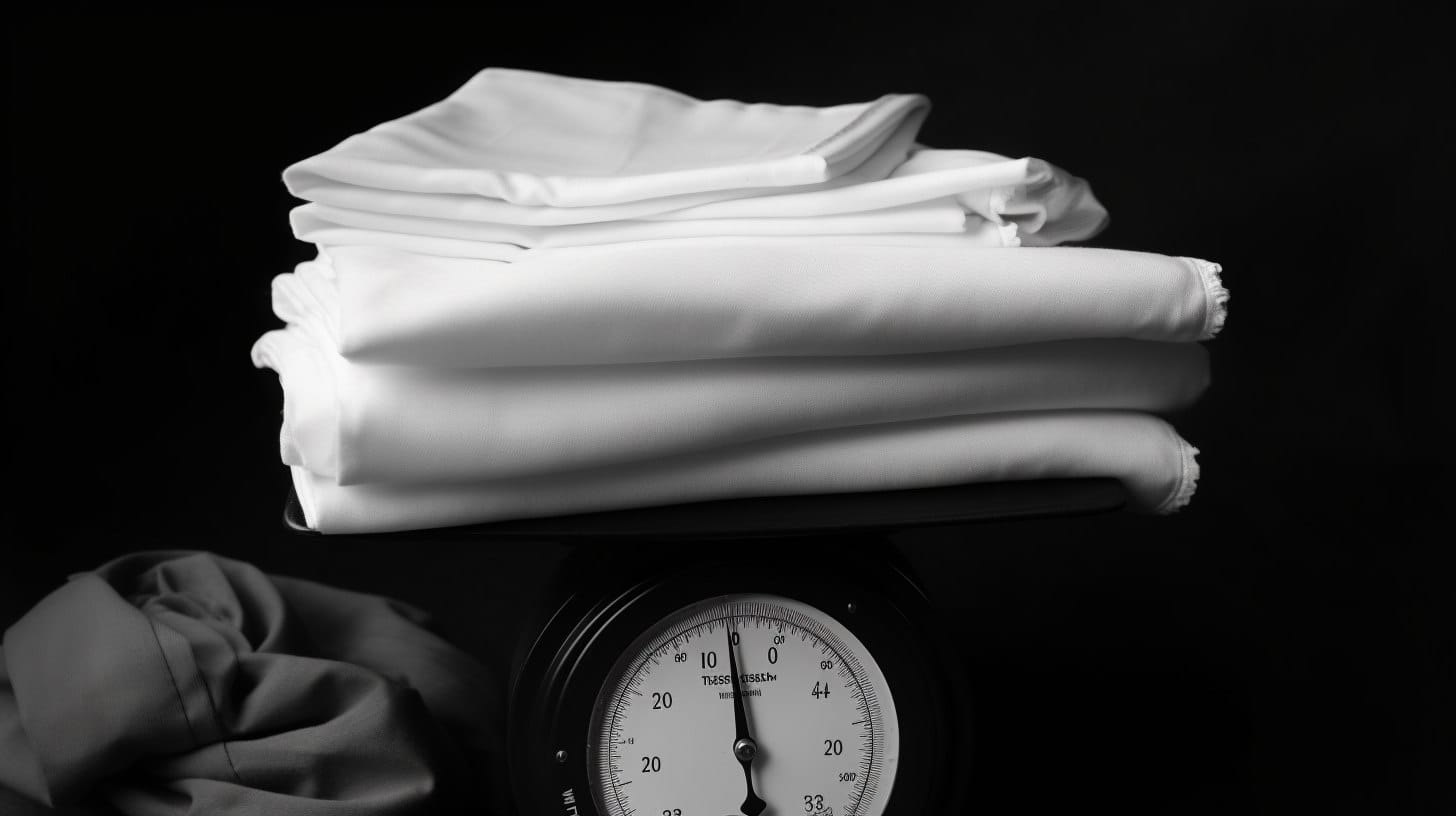Have you ever felt overwhelmed about picking out the perfect fabric for your sewing project? You’re not alone. Fabric weight can be confusing. But it’s crucial to determine how your finished piece will look and feel. Whether you’re crafting a breezy summer blouse or cozy winter curtains, understanding this aspect of textiles is key.
In this blog post, we’ll provide a comprehensive fabric weight guide. It will include everything you need to know.
No more guessing games! Get ready to master the art of selecting fabrics with confidence!
- Fabric Weight Guide: Definition and Importance
- Fabric Weight Guide: Basic Measurement Units
- Fabric Weight Guide: Conversion between GSM and OZ
- Fabric Weight Guide: Categories Explained
- Fabric Weight Guide: How to Choose the Right Fabric Weight
- Fabric Weight Guide: How Fabric Weight Affects the Sewing Process
- Conclusion
Fabric Weight Guide: Definition and Importance
Across different fabric applications, understanding fabric weight helps you choose materials for your specific needs.
Why does Fabric Weight Matter?
Fabric weight is a key factor when it comes to choosing materials for various projects. It affects how the fabric feels, behaves, and even how well it takes on colors when dyed.
For instance, if you’re looking to sew a breezy summer blouse or light curtains, you’ll lean towards lighter GSM fabrics. On the other side, heavyweight fabrics are ideal for rugged jeans and durable backpacks. Because they can withstand more wear and tear.
Your choices in fabric weights have a direct impact on the comfort and functionality of apparel too. T-shirts made from lightweight jersey knit offer stretch and breathability. But business suits need denser weaves to maintain their shape and structure.
This knowledge empowers you to select textiles that will meet your sewing demands and ensure ultimate satisfaction with finished garments.
Applications of Fabric Weight in Various Products
From garments to home decor, fabric weight influences how a product feels, hangs, and endures use.
- Tops and Blouses: Light to medium weight fabrics such as rayon or chambray are ideal. They drape well and offer breathability, which is essential for comfort during everyday wear.
- Dresses: Depending on the style, dresses can vary from light weight materials like tencel for summer dresses to heavier brocade for structured winter pieces.
- Skirts and Trousers: Medium weight twill weave provides the right balance of drape and durability, ensuring they hold their shape while allowing movement.
- Button-down Shirts: Made from cotton or a cotton blend with a high thread count, button-down shirts need a sturdy yet comfortable fabric.
- Polo Shirts and T-Shirts: Knitted fabric such as double gauze or jersey knits offers the stretchability that is necessary for these body-hugging designs.
- Sweaters: Heavy knits provide warmth and structure to sweaters, making them perfect for cooler climates.
- Underwear: Lightweight lycra or spandex blends are used for underwear due to their ability to stretch comfortably.
- Scrubs: Durable yet lightweight materials such as cotton-polyester blends work best for scrubs that need regular washing at high temperatures without losing shape.
- Sweatpants: Fleece offers both warmth and a slight stretch, making it an excellent choice for leisurewear like sweatpants.
- Bedding: The heaviness of the cloth affects bedding greatly. Lighter grams are used in sheets, while heavier cloths make warmer blankets.
- Home Decor Items (curtains and upholstery): Heavier weights add durability to furniture coverings. Lighter weights may be preferred for curtains that need to flow softly with a breeze.
Fabric Weight Guide: Basic Measurement Units
To calculate the weight of fabric, you’ll first need to understand GSM, OZ, and other measurement units.
What is GSM? How to Calculate GSM?
GSM stands for grams per square meter, the standard unit of measurement used in the textile industry. It tells you how many grams a single sheet of fabric that is one meter long and one meter wide weighs.
This number helps you understand the density and thickness of different fabrics. Lighter materials like cotton lawn and viscose crepe have a lower GSM, making them breathable and ideal for summer wear or delicate items. Fabrics with a higher GSM are thicker and bulkier; think cozy flannel shirts perfect for chilly days or sturdy denim jeans built to last.
Apart from the definition, you also need to learn how to calculate GSM. It’s a process that helps you understand the weight and density of different fabrics.
- Cut a precise square of fabric measuring 100 cm by 100 cm.
- Place this fabric cutout on a sensitive scale to measure its weight in grams. Make sure the scale is calibrated accurately before use.
- Note the weight displayed on the scale. This is the weight of your fabric sample in grams.
- Since your sample is one square meter in size, the number on the scale represents the GSM directly.
- If you have a smaller piece, adjust your calculation proportionally. For example, a 50cm x 50cm sample would be one-fourth of a square meter.
- In such cases, multiply the weight of your smaller sample by four (or another appropriate factor) to estimate its GSM.
What is OZ?
OZ, short for ounces per square yard, is a unit of measurement. It tells you how much a piece of fabric weighs over the area of one square yard. This imperial measurement gives sewists an idea about the thickness and heft of the material.
Lighter fabrics often have fewer ounces per square yard, making them airy and easy to drape. If you’re working with delicate charmeuse or crafting pleats in light blouses, these fabrics typically fall under 4.5 oz in weight.
When fabric weight goes above 8 oz, it is heavyweight. This group includes dense materials that are great for making sturdy items.
Other Measurement Units: Ounces/Linear Yard and Grams/Linear Meter
In the world of fabrics, ounces per linear yard and grams per linear meter provide more ways to measure weight. These units focus on the length of fabric rather than the area. This can be especially useful when you’re dealing with items like ribbons or trims. Because they don’t fit into traditional width measurements.
Both of these units play a significant role if your pattern specifies lengths. They can ensure you pick materials with suitable heft and drape.
Tools for Measuring Fabric Weight
Knowing how much your fabric weighs is essential for picking the right material for your project. You’ll find various tools at your disposal to help you measure fabric weight.
- Spring Scale: This portable device measures weight by indicating how much force is needed to extend a spring. Attach a piece of fabric to the hook and read the measurement on the scale.
- Fabric Weight Balance: This is a specialized scale designed for textiles. It gives you an accurate GSM reading when you place a cut piece of fabric onto its platform.
- GSM Cutter and Pad: This duo works together. Use the cutter to extract a precise circular sample of fabric, then weigh it on a precise digital scale. Multiply this by the GSM conversion factor to get your final GSM value.
- Digital Scale: Accurate and easy to use, these scales can weigh small pieces of fabric directly in grams or ounces. Ensure they have a tare function to subtract the weight of cutting frames or containers used during weighing.
- Thickness Gauge: It is not a direct measure of weight. It helps assess fabric density, which correlates to its weight.
Fabric Weight Guide: Conversion between GSM and OZ
Discover simple conversion methods that effortlessly convert between GSM and OZ. Ensure that you select the ideal weight for your fabric projects.
Easy Conversion Methods for Sewists
Understanding fabric weight is crucial when you’re selecting materials for a sewing project. It can affect both the feel of your garment and how easy it is to work with.
- Use a fabric weight conversion calculator online. These tools let you enter the fabric’s GSM or OZ and convert it to the unit you’re more comfortable with.
- Refer to a fabric weight chart. The chart organizes different fabric weights into categories. So it’s easier to visualize where your material falls on the scale.
- Keep a conversion table handy. This table should have common conversions from GSM to OZ and vice versa, so you can make quick references as needed.
- Familiarize yourself with the standard ruler and the weighing scale method. Measure a square meter or yard of your fabric, weigh it, and apply the correct formula to determine its GSM or OZ.
- Practice converting between units manually. Knowing how to calculate between GSM and OZ by yourself sharpens your understanding of fabric weight.
- Bookmark web-based converters on your phone or computer for quick access. This ensures you can always check material weights, even when away from your sewing station.
How to Convert GSM and OZ by Yourself
Understanding the difference between GSM and OZ is critical for your next project. Here’s how to convert these measurements so you can make an informed choice for a shirt or any other garment.
- Start with the value in GSM if you’re working with that measurement.
- To switch from GSM to OZ, multiply the GSM value by 0.0295, as there are about 0.0295 ounces in a gram.
- For instance, if the fabric has a weight of 200 GSM, multiply this number by 0.0295 to get approximately 5.9 oz.
- If your fabric weight is given in OZ and you need it in GSM, do the reverse calculation.
- Multiply the OZ value by 33.906. This is because one ounce equals approximately 33.906 grams.
- So, a fabric that weighs 6 OZ per square yard would have a GSM of roughly 203 (6 multiplied by 33.906).
- Keep a conversion chart handy for quick reference or double-checking your math.
Fabric Weight Guide: Categories Explained
In this section, you’ll discover how fabrics range from very lightweight options to very heavy materials. Understanding these categories is crucial for choosing a fabric that suits your project’s needs.
Very Lightweight Fabrics (2.5–4 oz)
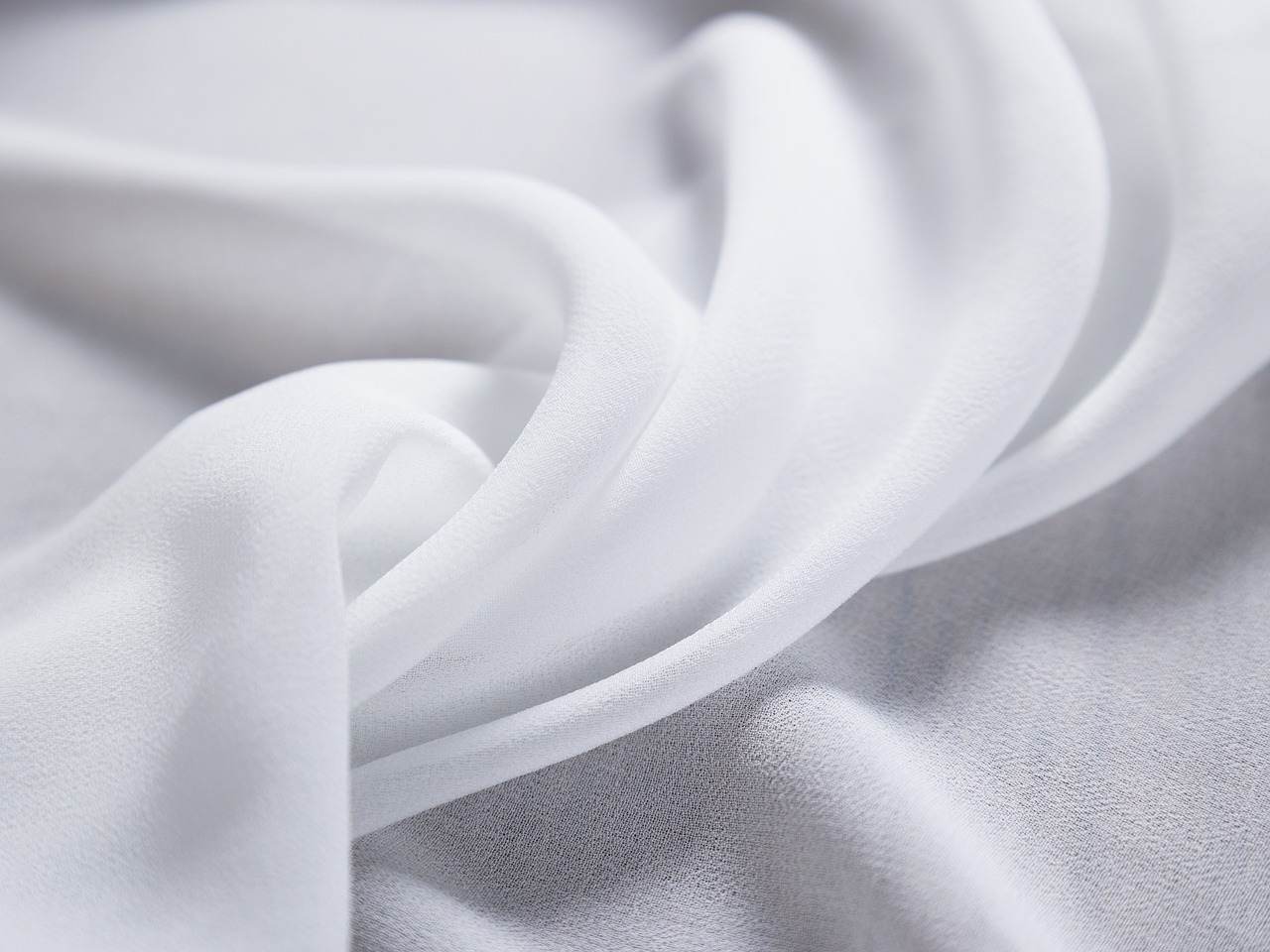
Very lightweight fabrics are the breeze of the textile world. They are perfect for creating garments that float and flutter. With weights no heavier than 4oz or 150 gsm, these materials offer a delicate touch and an airy quality that’s ideal for blouses and summer dresses. They drape beautifully, conforming softly to the body without adding bulk or restricting movement.
Very lightweight fabrics allow you to craft clothing pieces with excellent breathability for hot climates. Because these materials are thin, they often have a slight transparency. This makes them great for layered or lined patterns, where tiny differences in texture and color can be a creative bonus.
Lightweight Fabrics (4–7 oz)
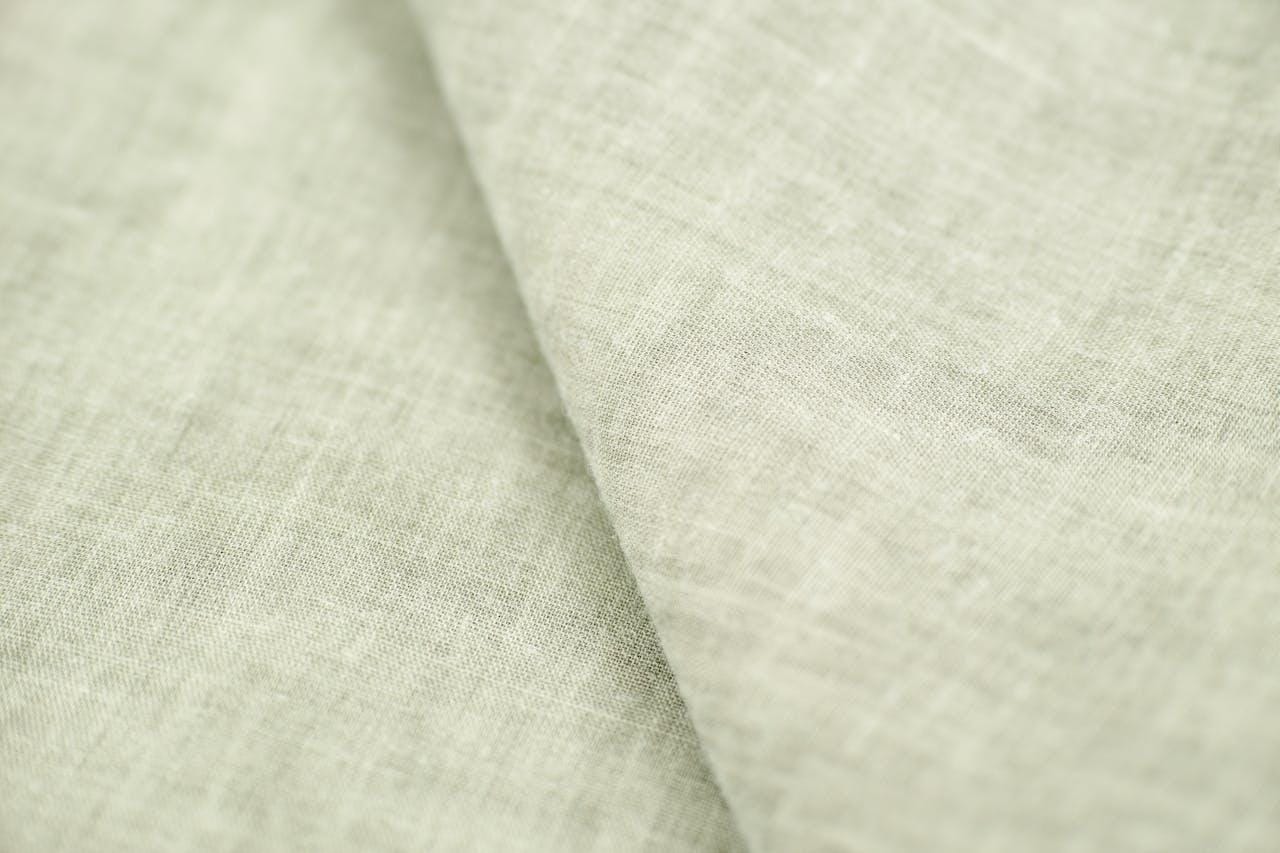
Lightweight fabrics in the range of 4 to 7 ounces are a go-to for an array of garments, from breezy summer dresses to casual button-up shirts. These materials fall on the lighter side of the spectrum without sacrificing durability. They provide comfortable wear due to their breathability and soft texture. So they are perfect for warmer climates or layering pieces.
Choosing these lighter fabrics means you’ll enjoy ease of movement and coolness, which is beneficial when creating flowy tops or lined skirts.
Their lower GSM not only affects how they feel against your skin but also impacts how you handle them with sewing tools. Lightweight fabrics glide under needles smoothly. This will promise you an enjoyable sewing experience as well as comfortable wear.
Medium Weight Fabrics (7–11 oz)
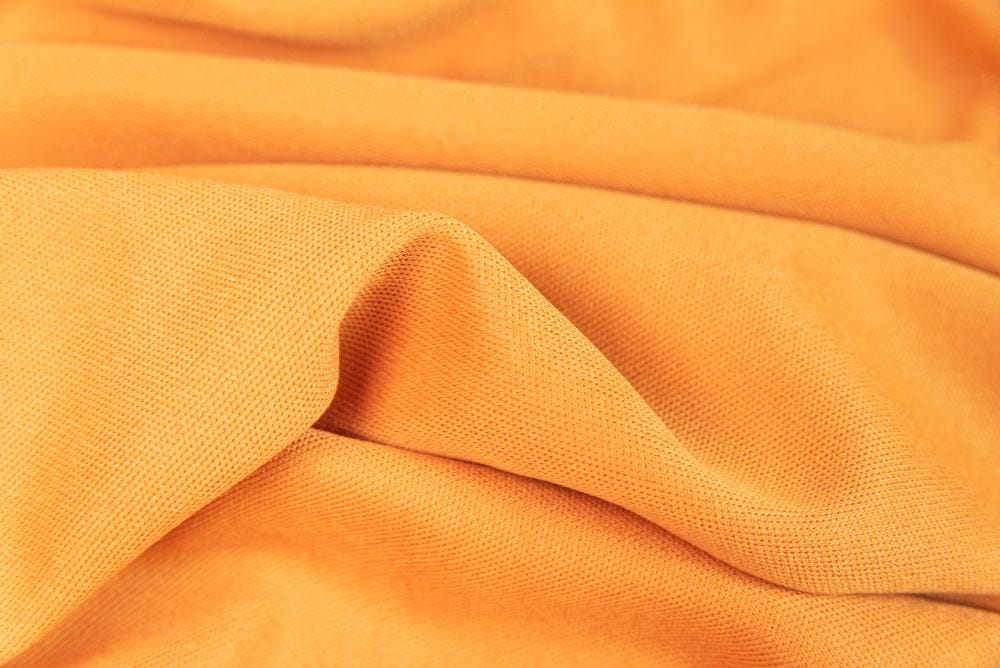
Medium weight fabrics are versatile and cater to a variety of clothing needs. With a range between 7 and 11 ounces (about 150 gsm to 270 gsm), they strike the perfect balance between durability and comfort.
These weights suit the demands of both casual trousers and more formal garments like structured skirts. Thus, embrace these adaptable materials when constructing wardrobe staples that need a reliable drape without compromising on quality or ease of maintenance.
Heavyweight Fabrics (11–14 oz)
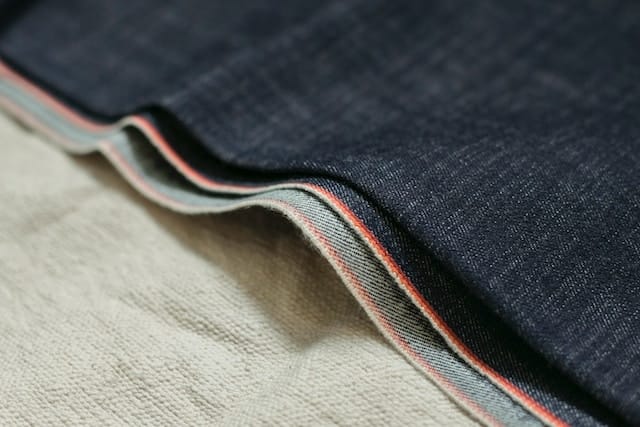
Heavyweight fabrics in the 11 oz to 14 oz range are real workhorses in the fabric world. With this kind of heft, they’re a top choice for durable clothing items like jeans and workwear, where toughness is key.
Imagine a pair of classic denim jeans—often they’re made from fabric around 470 gsm (14 oz), which means they can handle repeated wear and washes without falling apart.
These robust materials offer more than longevity. Their thickness provides structure to garments, giving them a defined shape. If you’re crafting outerwear or looking for material that can endure heavy usage, heavyweight fabrics will serve you well.
They hold up against elements and resist tearing, making them ideal for projects that are meant to last.
Very Heavy Fabrics (14–18 oz+)
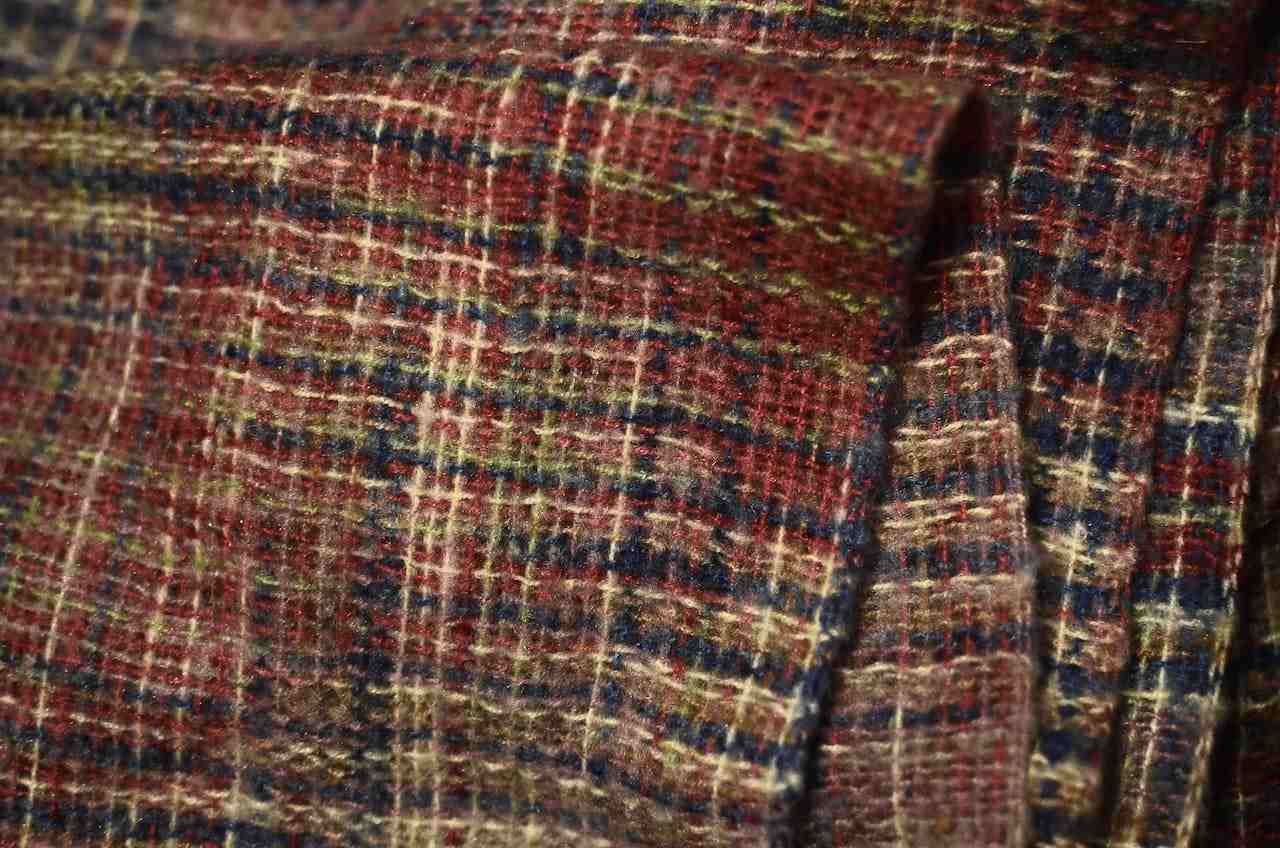
Very heavy fabrics in the 14 to 18 oz range are your go-to materials for durability and warmth. Think of rugged denim that withstands wear and tear or wool coatings that keep out the chill on a blustery day.
These textiles have a hefty feel and provide a lot of structure. They are perfect for sewing up outerwear staples like jackets and coats.
If your plans include fashioning hard-wearing trousers or robust bags, these materials offer the resilience needed for everyday use. Their thickness demands patience during sewing but rewards you with long-lasting results.
Fabric Weight Guide: How to Choose the Right Fabric Weight
After learning so much information about fabric weight, how can you choose the right weight? Don’t worry. The following section will offer you help.
Factors Influencing Fabric Weight Selection
Selecting the right fabric weight is crucial for your project’s success. Here are key factors to consider when making your choice:
- Purpose of the Garment: Think about what you’re making. Lighter fabrics, like chiffon, are perfect for breezy blouses, while denim, a heavier fabric, works well for durable jeans.
- Desired Drape and Flow: If you want a garment to fall softly and flow, a fabric with a lower GSM will be ideal. Heavier weights provide more structure.
- Stretchability Needs: Stretchy garments often need lighter weight fabrics that contain elastic fibers, ensuring comfort and fit.
- Fabric Softness: Softer fabrics usually have a lower GSM. They feel gentle on the skin and are great for loungewear or bedding.
- Climate or Season: Choose lighter fabrics for warm climates or summer wear. Heavier weights are better suited for cold-weather clothing.
- Durability Requirements: For items that need to withstand a lot of wear and tear, go for a higher GSM fabric.
- Sewing Experience Level: If you’re new to sewing, start with medium weight fabrics, as they’re easier to handle.
- Type of Sewing Machine: Ensure your machine can handle the weight of the fabric you choose. Some might struggle with very heavy materials.
Specific Material Weight Comparison
When choosing the right fabric for your project, considering the weight is crucial, as it will affect the drape, feel, and durability. Below is a comparison of specific material weights to help you make an informed decision.
| Fabric Type | Weight Category | GSM | Ounces (OZ) |
|---|---|---|---|
| Cotton Lawn | Very Lightweight | Up to 150 | Up to 4.5 |
| Viscose Crepe | Very Lightweight | Up to 150 | Up to 4.5 |
| Cotton Poplin | Lightweight | Up to 150 | Up to 4.5 |
| Linen | Medium Weight | 150-270 | 4.5–8 |
| French Terry | Medium Weight | 150-270 | 4.5–8 |
| Cotton Chambray | Medium Weight | 150-270 | 4.5–8 |
| Denim | Heavyweight | From 270 | From 8 |
| Wool Coating | Heavyweight | From 270 | From 8 |
| Tweed | Heavyweight | From 270 | From 8 |
| Canvas | Very Heavy | 270+ | 8+ |
Fabric Weight Guide: How Fabric Weight Affects the Sewing Process
Understanding the weight of your fabric is crucial, as it directly impacts your sewing techniques and the final look of your project.
How Fabric Weight Influences Sewing Techniques
Fabric weight plays a critical role in sewing, impacting everything from needle choice to seam construction. As you select fabrics for your projects, consider how their weight will affect your sewing approach.
- Choose the right needle: Heavier fabrics need sturdier needles, often labeled as denim or leather needles. These needles can penetrate thick materials without breaking.
- Adjust thread type: Thicker threads are best matched with heavy fabrics to ensure strong seams. Lighter fabrics pair well with finer threads to avoid puckering.
- Change machine settings: Increase stitch length when working with heavy fabrics to prevent needle breakage and skipped stitches.
- Seam finishes matter: Heavyweight materials enjoy reinforced seams like flat-felled or French seams for durability and a clean finish.
- Pressing techniques vary: Use more heat and steam when pressing heavier fabrics to set seams flat. Delicate, lightweight materials need gentler heat to avoid damage.
- Hold fabric securely: Use more pins or clips to hold heavy fabric in place while sewing. Thinner fabrics may need careful handling to keep them from slipping out of position.
- Manage layers effectively: When layering heavy fabrics, such as in quilting or jacket making, even feeding is essential to prevent shifting and puckering.
- Be mindful of fit and drape: Heavier fabrics will hang differently than lighter ones, affecting the fit and silhouette of garments. Adjust patterns accordingly for the best outcome.
Select the Right Type of Fabric
Selecting the right fabric type is crucial for your garment or sewing project. It can determine not only the look but also the comfort and functionality of the finished piece.
- Consider the drape and flow you want for your garment, as lightweight fabrics like chiffon will have a fluid movement different from heavier denim.
- Check stretchability, especially for fitted apparel. Knits can provide more stretch than woven fabrics.
- Choose softness according to the wearability factor. Cotton is often chosen for its soft feel against the skin.
- Opt for color vibrancy and retention. Keep in mind that fabric weight affects how a fabric holds dye.
- For tops, you usually need light to medium weight fabrics to balance comfort with durability.
- Dresses and skirts vary widely; they range from light voile for breezy summer dresses to heavy brocade for structured skirts.
- Select medium to heavy weight materials for trousers that need more structure.
- Use fabric weight as a guide when shopping online to make confident choices and avoid surprises on delivery.
- Record your preferred fabric weights in a notebook when you find ones that work well, creating a personal reference for future projects.
- Understand that finishing techniques such as dyeing can affect the final weight of your selected material.
Conclusion
As you dive into your next sewing adventure or shopping spree for fabrics, keep GSM at the forefront of your decisions. Remember that the right fabric weight can transform the look and feel of your final product.
Embrace the power behind these numbers to tailor your project’s needs flawlessly, ensuring durability and comfort. Let fabric weight guide you towards materials that will bring out the best in your creations every time.
Step forward with confidence, and you’re all set to make informed choices in a world woven with endless possibilities.
Learn more fabric knowledge on Longan Craft Blog! Dive into the fabric world with Longancraft!

